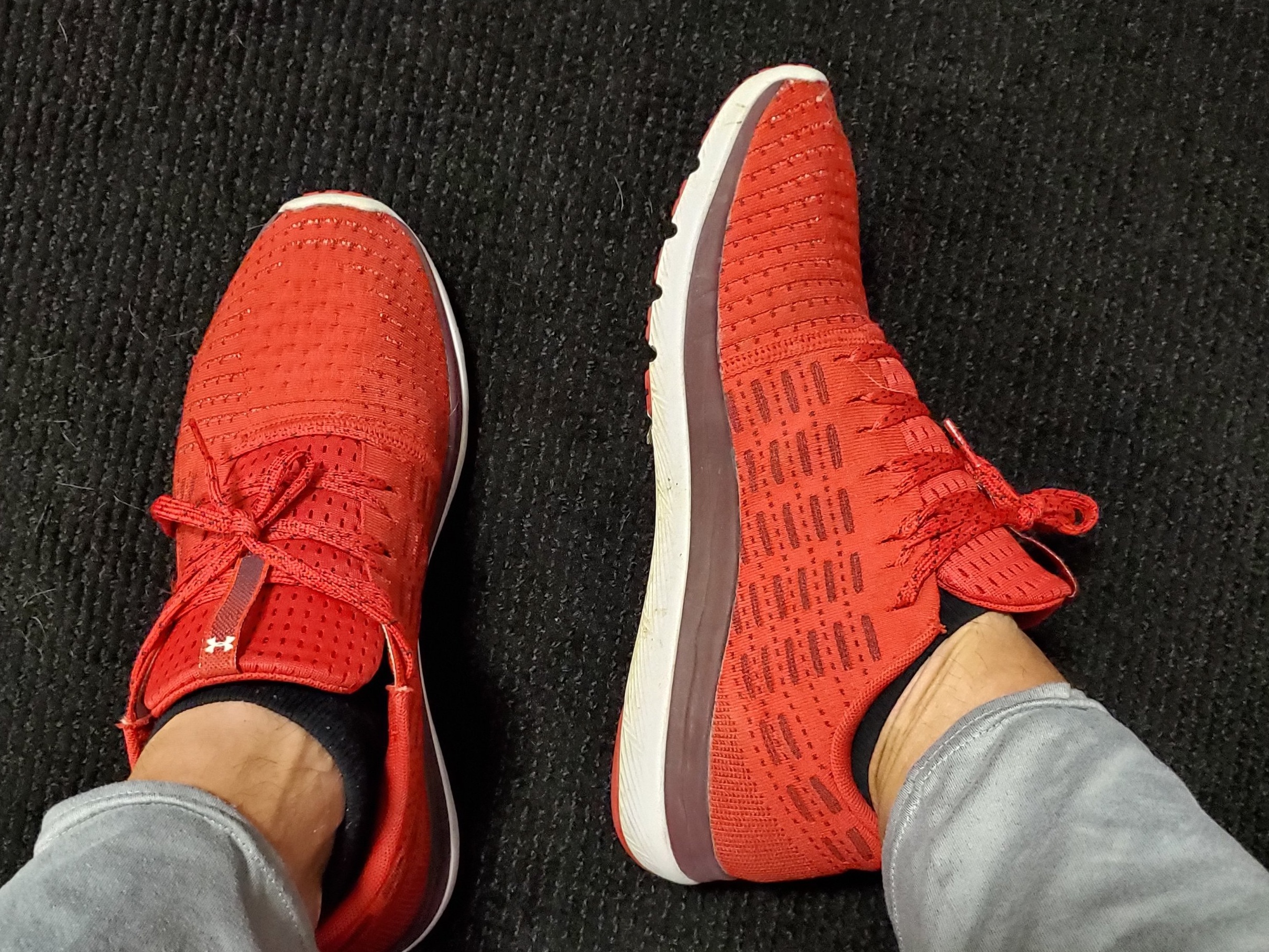In life, there are two constant forces; they are both positively inescapable and destructive by their very nature. The first is Time, which I humbly propose no solution for. The other is Gravity, which, despite being constant and universal, can affect us differently over time depending on our body’s structural alignment. As Homo sapiens, we truly are a bio-mechanical wonder of the world. We are the only mammal to evolve a habitual contra-lateral, bipedal locomotion. And because of our upright posture, our joints are stacked vertically on top of one another. Due to of this vertical compression of our joints, we evolved a rather sensitive relationship with gravity, and therefore, kinetic chains that are as intricate as they are delicate. Just think, so many newborn mammals are walking only seconds after birth, and running a few minutes after that. And yet, humans take almost an entire year to master our most basic locomotive pattern (Lieberman, 2013).
Despite our obvious bio-mechanical disadvantages, we do possess one crucial physical characteristic that distinguishes us as a species: walking on only two legs. This bipedal lifestyle freed our hands to evolve into these incredibly dynamic biological instruments, which operate under a highly complex neuromuscular system, conveniently commanded by the most powerful brain to ever exist. As our hands left the ground to pursue more advantageous movement options, our feet remained; taking on the massive responsibility of locomotion. And yet, in spite of this crucial locomotive task, we compromise our body’s structural integrity and the foundation of our entire kinetic chains through anatomically incompatible lifestyle choices (like our modern footwear). The modern footwear crisis is based on the fact that the majority of today’s footwear options compromise the natural physiological development of the human foot; which not only inhibits your body’s movement potential, but also greatly increases risk of injury.
With a collective 52 bones, our feet contain a quarter of all the bones in our entire body!Not to mention 33 different joints, and over 100 muscles, tendons, and ligaments. On a neuromuscular level, our feet possess a vast network of nerves that are constantly processing sensory information and relaying those messages back to the brain, allowing us to navigate the world around us more effectively (St. Louis, 2017). From a purely mechanical perspective, the human foot is an incredible piece of high-tech engineering. And yet, humans experience the destructive forces of gravity, perhaps less successfully than any other creature on earth.
Humans suffer from painful conditions like plantar fasciitis, lower-back pain, knee pain, flat feet, bunions, ect. We call some of these conditions “chronic diseases”, but really they are structural issues that are manifesting in the form of pain and discomfort in certain parts of the body (St. Louis, 2017). We tend to blame these issues on genetics, past physical endeavors, or just ‘father time’ (who I mentioned earlier). But we tend to ignore the possibility that these issues are actually a result of our lifestyle choices. As an inherently self-righteous species, we desperately seek self-excusing justifications for all of our problems, and often times the practitioners we pay to treat us are more than happy to provide us with those comforting explanations we want to hear. But the truth of the matter is, that as a species, we defy our biological structures with behavioral tendencies anatomically incompatible with the bodies that we evolved to live in. Obviously, we no longer live a hunter-gatherer lifestyle, nevertheless, our body’s are still the evolutionary product of that ancient lifestyle, and we must maintain our body’s health accordingly.
It is no secret that humans have adopted some unnatural habits, that is, if you consider an unlimited access to salt and sugar unnatural; or the idea of a land mammal that can provide for all of its survival needs without having to physically exert itself. Although, there is quite possibly no more unnatural habit humans have adopted than the modern day shoe. For starters, we have created an unnecessary need for shoes due to our infatuation with them. If you asked the average person why do people where shoes, they would probably say, “to protect our feet”. But feet, left bare, would naturally develop the thick calluses needed to protect the foot from puncture or laceration. Someone also might say, “to provide cushion and support”. And this idea is by far one of the greatest logical fallacies that we have perpetuated throughout our modern society. Stylistically, it is common for modern footwear to have a higher heal than forefoot. But this minor modifications has massively detrimental effects on the structural integrity of our walking gate. A higher heal shortens the foot’s contact distance to the ground, as well as, shortening our heel cords, creating a dysfunctional heal dominant walking pattern (Divert, 2005). Another anatomically destructive fashion trend is the appeal of narrow shoes. This compresses the toes, which otherwise would spread out and move independently. The squeezing of the toes creates stability issues for the foot, as well as painful conditions like bunions, or turf toe. The next issue that stems from the excess cushion consistent with modern footwear is the weakening of our foot’s muscular support system. The high arch mechanism (windlass mechanism) is an essential component of a healthy foot. However, if you provide the foot with an arch support via footwear, your brain, constantly striving for efficiency, will shut off that muscular support system in an effort to converse energy. And so came the birth, or rather, the human invention of the flat foot; which would not exist if humans let their feet develop naturally without the support of shoes. Without a strong muscular support system, the high arch mechanisms will collapse, causing structural dysfunction in the very foundation of our body’s musculoskeletal system (McDougall, 2009). And you do not need a degree in architecture to know that if there is a problem with a building’s foundation, then there is certain to be other problems with the building as well.
By acknowledging our species evolutionary roots, we then can begin to understand how we evolved as a nomadic species. But what does it mean to be the evolutionary product of a nomadic species? The safest inference is that our body evolved to walk and or run for long distances at a time, due to our primal ancestors having to chase herds of mammals for tens of miles each day. Despite being slower than most quadrupeds, bi-pedal locomotion is considerably more efficient and allowed for us to become the animal kingdom’s only long distances runners (in the heat). This meant that although we could not out run our prey in short sprints, we could out last our prey in long hunting pursuits. However, in order to be able to run longer than our prey, we need to figure out an effective way to cool our core body temperature without having to stop to pant (like quadrupeds). And so humans evolved these elaborate sweat clans, with virtually bald skin that would allow for a more rapid cooling effect through the evaporation of sweat. Make us the sweatiest animals on the planet! And it was all in an evolutionary effort to facilitate our ability to walk and run on two feet….
Now that we have established that locomotion (walking) is probably the most fundamental movement the human body evolved to perform; and there for, is the basis for all of the body’s contra-lateral movement patterns. It is easy to see why inhibiting that natural movement would cause structural issues to a body that evolved to walk barefoot. On a bio-mechanical basis, it is clear that modern shoes compromise the natural locomotive pattern of the human walking gate, which leads to a variety of structural issues within the body. And if you take a body who evolved to primarily walk, and you inhibit its ability to perform that fundamental task, then consider what would happen to the structure of the body as a result.
Humans also evolved to become one of the most dynamic movers on the planet; truly magnificent kinetic specimens capable of mastering a wide array of movement patterns that exceed simple locomotion. Although, how functionally, or rather, how ‘athletically’ a human is able to perform such dynamic movements is dependent upon the alignment of the body’s musculoskeletal structure, as well as, the functional muscular firing patterns that have been coded into the nervous system. It is widely thought that this kinetic proficiency is greatly dependent upon how active and engaged our glutes are. The glutes, being the largest and most powerful muscles on the body, are designed to not only create balance and stabilization, but to be our primary force producers. Elite athletes are able to use their Gluteus Maximus as the foundation for every athletic movement they perform (Xie, 2013). Having this kinetic proficiency will not only allow one to literally move better, but they will greatly decease their risk of injury and avoid the development of long-term physical diseases because their kinetic chains are better fortified to withstand the compressive forces of gravity. However, the majority of people are not so lucky as those genetically gifted specimens, and suffer from glute firing pattern inhibition. But what do the glutes have to do with the feet?
This is where the ‘Windlass’ (high-arch) mechanism of the foot comes in to play. A proficient kinetic chain is dependent upon the ability of the foot to maintain tension in the long plantar fascia during dorsiflexion of the metatarsophalangeal joints (Xie, 2013). Meaning: how much force a human can expel into the ground is dependent on the stiff-, or ‘rigidness’ of the foot while the heel is off the ground. If the plantar fascia lacks tension, then the foot’s muscular support system will collapse while under stress, thus inhibiting the natural kinetic connection between the toes and the Gluteus Maximus.
Therefore, despite no longer maintaining the primal lifestyles of our nomadic ancestors, it is important that we acknowledge the fact that our physiology is still a product of that ancient lifestyle. Our ancestors evolved walking barefoot, and therefore, barefoot walking is one of the most physically therapeutic and corrective exercises a human being can perform. Our unnatural and relatively inactive lifestyles cause structural issues to manifest within the body. Structural issues that usually begin as asymmetries which then cause muscular compensation. These structural issues can be repaired through physical therapy, or even surgery, but this is only after the damage has been done. And so stands the question, how can we prevent these structural issues from ever occurring to begin with?
The first and final answer to that question is movement. Only movement can maintain movement, and virtually any organism’s longevity is dependent on maintaining movement. Thus, when living things die, they stop moving; and when living things stop moving, they die. Life and death walks hand in hand with movement and so movement is the only truly effective way to tell your body you still want to live. When we put on shoes we inhibit our feet’s mobility, just like when we sit in chairs, we inhibit our body’s mobility. So what is the solution? Sit less, move more, and wear shoes that are congruent with the natural anatomical structure of the human foot.
For generations our species has been plagued with diseases, physical conditions, and injuries; many pertaining to joint health. And yet, the notion that modern footwear may be the issue is a fairly new proposal. But when looking at the human body from a structural perspective, it is obvious that our feet are the foundation and basis for our kinetic chains, and determine how well our bodies resist the decaying forces of gravity.
If you too want to improve your movement patterns, come see Remington here at The Spot to transform you gait and quite possibly your life!


